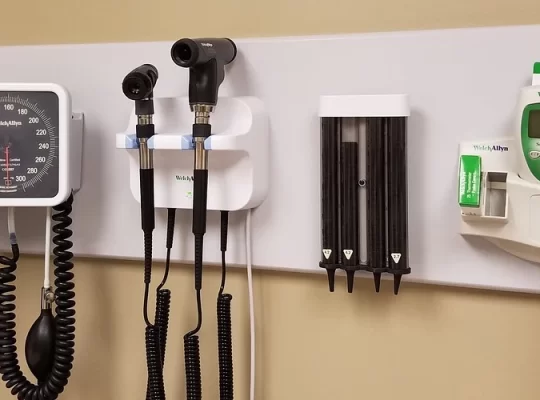You are not the only person who suffers from malabsorption if you have it. However, it is a prevalent issue, and many different approaches to treatment can be taken. Unfortunately, however, many people are unaware of its symptoms. This post will provide information on the condition’s symptoms, its causes, and how it is diagnosed.
Symptoms
Those affected by malabsorption disorders require a correct diagnosis before they may receive therapy. Then, they can be instructed to follow a specific diet plan. The diet needs to include foods that have sufficient quantities of various nutrients. This diet ought to be evaluated regularly. A physician may also recommend enzyme replacements or supplements in certain circumstances. In addition, patients may be given appetite-stimulating medications to help them eat more.
The treatment for malabsorption syndrome is contingent on identifying and addressing the condition’s underlying cause. Most of the time, the healthiest diet for the illness is low in fat and high in carbohydrates. Avoiding items that make the symptoms worse is one approach to treatment, but there are other options as well. For instance, a person with celiac disease should avoid gluten-free foods, and those with lactose sensitivity should avoid dairy products. In addition, vitamin and mineral supplements are frequently used as forms of treatment. However, they should be adapted to meet the requirements of each patient.
Causes
Intolerance to certain foods, immunological disorders, and inflammatory processes are some of the things that might lead to problems with absorption. Because some conditions are more amenable to treatment than others, it is essential to diagnose the underlying cause before initiating therapy for any condition. Alterations to one’s diet may be all that is needed to treat specific cases, while other issues require more intensive medical care.
Malabsorption is a problem that affects the digestive tract and causes the body difficulty absorbing nutrients. This is because of the disorder’s effect on the digestive tract. In a healthy person, most of the nutrients in meals are absorbed via the small intestine. However, intestinal injury or weakness prevents the absorption of nutrients from meals, which prevents those nutrients from being carried through the bloodstream to the body’s muscles, organs, and tissues. The symptoms of malabsorption can vary greatly depending on the underlying disease, and some of these symptoms may only manifest themselves after consuming particular foods. However, the illness can create long-term alterations in the digestive tract in more complex situations.
Treatments
People with malabsorption can sometimes restore the nutrients they have lost due to their condition by receiving treatment. Medication and specialized diets are two frequent forms of treatment for these problems. It is critical for those diagnosed with malabsorption to ascertain the root cause of their condition. Intestinal parasites, viral infections, and bacterial infections are some of the most prevalent conditions that lead to malabsorption. It is also possible to get this condition as an adverse reaction to excessive laxatives or antibiotics. There are instances in which patients can delay the problem-resolution process until the underlying condition improves. If you have reason to believe that malabsorption is the result of another health problem, your physician will advise you on the most effective course of therapy. In addition, various examinations can assist in the diagnosis of the issue. Stool analysis and lactose hydrogen breath tests are included in these diagnostic procedures.
Various conditions can cause malabsorption, and the intensity of the symptoms and the underlying reason will decide how to address the condition. Malabsorption can result in malnutrition and several other symptoms if treatment is not sought. Malabsorption can manifest in various ways, including weight loss, chronic diarrhea, dehydration, and even liver failure.
Diagnosis
Finding the most effective treatment for malabsorption requires obtaining an accurate diagnosis. A healthcare provider may suggest a diet to help the body absorb nutrients. In addition, certain conditions can lead to malabsorption, such as Crohn’s disease and cystic fibrosis. Enhancing digestion and absorption can also be accomplished by using enzyme supplements, which a doctor can prescribe, and lifestyle changes.
The cause of malabsorption can also be determined using a biopsied sample taken from the small intestine. The biopsy may be taken during an endoscopic exam. Blood tests can also be performed to determine if malnutrition is a factor. A diagnosis may also benefit from stool cultures and collections. People can require extra nourishment to be administered intravenously or through a tube if a specific condition causes malabsorption. Other treatments may include specific digestive enzymes to treat food intolerance or pancreatic insufficiency. In addition, bile acid sequestrants may be prescribed for diarrhea prevention.






